Earlier this year, EY’s Americas Consulting CTO outlined a clear blueprint for venues that want to think and act in the moment: Seamless Connectivity, Powerful Analytics, and Smart Action.
As a framing device, this is elegant and right. But when you build these systems end-to-end and live with them on the floor, you discover that the technical skeleton needs muscle, conscience, and memory to become a living organism.
This is an opinion piece, not a product announcement, so I will speak in principles.
Still, a brief disclosure is warranted: our team has pioneered and patented core elements of this architecture, including recognition-driven personalization, selecting/editing/generating media, decentralized identity flows, local-first orchestration, emotion feedback, bi-directional prosody, and agentic control patterns.
That context matters for one reason only: to ground what follows in field experience rather than theory.
The first three pillars, after EY
Seamless Connectivity. You cannot optimize what you do not observe. Connectivity means unifying signals from visitors, assets, and operations into a single, privacy-aware fabric.
It blends what matters: IoT telemetry, computer vision, tickets and wearables, POS, staffing, and environment, with a bias toward low latency and relevance. Precision beats volume; small, timely packets outperform giant data lakes you query tomorrow.

Powerful Analytics. Analytics turns signal into sense. Pattern recognition and forecasting help teams see where queues will form, which clusters need relief, and how content should adapt.
In practice, the most useful analytics are not the fanciest; they close the loop fast and clearly. A good-enough prediction that triggers an action within seconds is worth more than a perfect forecast that arrives at day’s end.
Smart Action. Action is the short path from insight to outcome: dynamic routing, adaptive signage and lighting, content selection, show pacing, staff dispatch, safety checks. In a live environment, actions must be explainable and fail-safe. Operators should know what changed, why, and how to revert.
The gold standard is action that feels invisible to the guest and intuitive to the team.
Those three pillars are the technical spine. They are necessary and, as EY rightly points out, sufficient to get moving. Yet they are not sufficient to earn trust, create resonance, or sustain relationships. That requires three further pillars.
Pillar four: Ethical Intelligence - a conscience by design
If a system can perceive, infer, and act, it must also know when not to do so. Ethical Intelligence embeds values into architecture and operations, beginning with privacy and extending through fairness, accessibility, and environmental stewardship.

- Data dignity. Collect the minimum. Process locally at the edge. When identities are needed, use decentralized identifiers and verifiable credentials so guests own their identity objects. Consent should be explicit, retractable, and auditable, with no dark patterns.
- Explainability and control. People, guests and staff should understand what the system is doing on their behalf. Plain-language cues and a one-touch “pause personalization” control raise trust dramatically.
- Accessibility by default. Inclusion is a design constraint that improves outcomes for all: audio beacons, tactile cues, captions that follow the visitor, and multilingual pathways.
- Environmental sense. Schedule energy-intensive effects when the grid is greener, balance HVAC by occupancy, and avoid idle spectacle. Efficiency is a creative constraint, not a compromise.
Ethical Intelligence is also about work. Automation should remove drudgery, not dignity. When routine checks are handled by agents, humans spend more time guiding, storytelling, and caring.
When operators help craft the rulebooks, adoption accelerates and edge cases shrink.
Pillar five: Anticipatory Intelligence - empathy at scale
Most conversations about AI dwell on accuracy and speed. In places made for people, tone matters just as much. Anticipatory Intelligence equips environments to sense context and emotional state, then modulate how, when, and how much they respond.

The same story can be told at different tempos, with different details and emphasis, depending on who is listening and how they seem to be feeling. Dwell time near an object, voluntary feedback, body orientation, and speech rhythm are gentle indicators that help an agent choose a lighter or deeper touch.
The goal is not to profile; it is to be polite at scale.
Patterns that prove their worth:
- Progressive disclosure. Start simple; offer depth on demand.
- Fatigue-aware pacing. Shorten explanations, provide seated alternatives, or reorder a route when indicators suggest someone is tired.
- Contextual translation. Offer cultural equivalents - examples and metaphors that resonate - while preserving factual fidelity.
Anticipatory Intelligence does not require storing intimate data to feel personal. Done right, it works with ephemeral signals processed on device and then discarded.
That choice preserves privacy and improves responsiveness: edge decisions are faster, and the venue avoids the risk of sensitive cloud hoards.
Pillar six: Phygital Continuity - the story that travels with you
The line between on-site and off-site is now a seam rather than a wall. Phygital Continuity allows the relationship between person and place to persist, only when invited, across sessions and settings.
Think of it as a visitor-held thread that ties moments together without handing identity to a server they do not control.

A guest can carry a private profile on their own device: language, sensitivities, accessibility needs, collections of interest, and completed chapters. They can present cryptographic proofs of those preferences without revealing the underlying data.
On-site, a local mesh orchestrates content and wayfinding using those proofs. Off-site, a companion experience, web, app, or AR, can pick up the thread. Nothing leaves the guest’s hands unless they choose to share it, and even then, the least-revelation principle applies.
When continuity is designed this way, creative and commercial benefits align. Designers compose arcs that unfold over time. Operators build loyalty through genuine recognition rather than blunt retargeting. Sustainability improves because print artifacts and one-off packaging give way to digital keepsakes the guest actually wants.
Most importantly, the guest’s autonomy remains intact.
We use the vocabulary that has emerged around Web3, Web4, and even Web5: decentralized identity, local-first networks, and autonomous agents that act on a user’s behalf.
The labels matter less than the capabilities: identity that the guest owns, computation close to them, and agents loyal to the person, not the platform.
Our work in this area is protected by patents and patent-pending methods, because getting identity, consent, and continuity right unlocks empathy without surveillance.
What we have learned from building live systems
- Edge first, cloud second. Latency is an experience feature. Keep the loop close to the guest.
- Design for graceful degradation. Networks fail; devices reboot; crowds surge. Provide safe defaults and human overrides.
- Small models, clear rules. Compact models with crisp guardrails beat sprawling ones that behave unpredictably.
- Measure what the guest actually feels. Dwell time, re-engagement, and sentiment beat vanity counts. Notes from floor staff are gold.
- Governance is a product. Put policy in the UI: visible status, consent prompts, and audit trails that an ops manager can use.
From blueprint to practice - the birth of a discipline
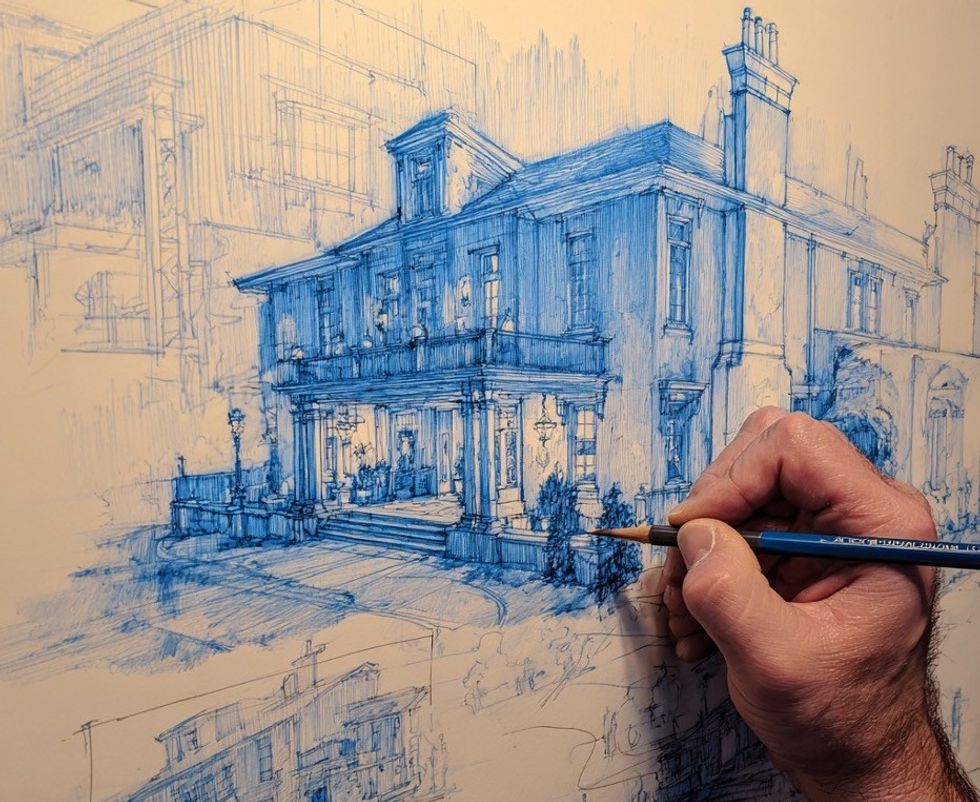
When a venue adopts even one pillar, say, Seamless Connectivity or Ethical Intelligence, the others tend to follow. Connectivity without ethics triggers backlash; analytics without continuity produces fatigue; action without empathy becomes noise. To function, they must coexist.
That is why personalization is no longer a feature or a trend; it is a discipline, with its own physics and its own ethics.
We have seen this discipline emerge across museums, science centers, corporate lobbies, and entertainment spaces. Each time you work on these concepts, it teaches the same lesson: personalization is not about knowing who someone is but understanding what they need now.
A space that listens, adapts, and remembers appropriately changes the social contract between visitor and venue. It replaces broadcast with dialogue, transaction with relationship, spectacle with care.
The implications reach far beyond guest satisfaction. They redefine how we design, staff, and sustain experiences. Teams that used to think in scenes start thinking in sentences. Facilities teams collaborate with storytellers. Engineers discuss empathy with curators. In the agentic enterprise, every discipline learns a new language: the grammar of responsiveness.
That, ultimately, is the transition from framework to culture: from building systems that deliver media to building systems that deliver understanding.
Completing the architecture
Let’s state the full model plainly:
- Seamless Connectivity unifies the signals.
- Powerful Analytics interprets them.
- Smart Action responds, fast and safely.
- Ethical Intelligence sets the boundaries and the tone.
- Anticipatory Intelligence shapes engagement with empathy.
- Phygital Continuity carries the relationship beyond the gate, on the guest’s terms.
That is the architecture we advocate, the one we are implementing, and the one we protect with our intellectual property because it yields better experiences and better stewardship.
It does not replace artistry; it amplifies it. It does not sideline staff; it equips them. It does not hoard data; it liberates it to do its job and then go away.
A brief note on demonstration
There is no substitute for touch and time. We maintain a dedicated lab environment and our Wonderland demo space, where these principles can be experienced. The point is not spectacle; it is understanding.
Designers, operators, and brand teams leave with a feel for what is possible and a list of what to build next.
The horizon: from Web3 to Web5 - where environments develop empathy
The next horizon lies beyond connectivity. It’s about agency, autonomy, and empathy.

Web3 gave us the tools for verifiable identity, smart contracts, and ownership; Web4 will merge those credentials with place and emotion, weaving digital and physical layers into a continuous mesh of meaning.
Web5, already visible on the horizon, introduces cognitive empathy: autonomous agents that learn your rhythm, understand context, and act as your proxy while remaining loyal to you, not the platform.
For the attractions and cultural sectors, that means experiences that remember without recording, that personalize without prying, and that adapt without erasing human creativity. It’s where ethics, design, and compute converge. These are not speculative concepts - we protected them, and started prototyping.
The path from data to dignity runs straight through this architecture, and the moment to build it is now.
Closing thought, and an invitation
The attractions industry exists to make meaning in public. As our environments learn to listen and respond, we gain a rare opportunity: to make technology feel more human, not less.
The agentic enterprise is the name we give to a place that makes good decisions quickly and kindly. The six pillars are how we build it with integrity.
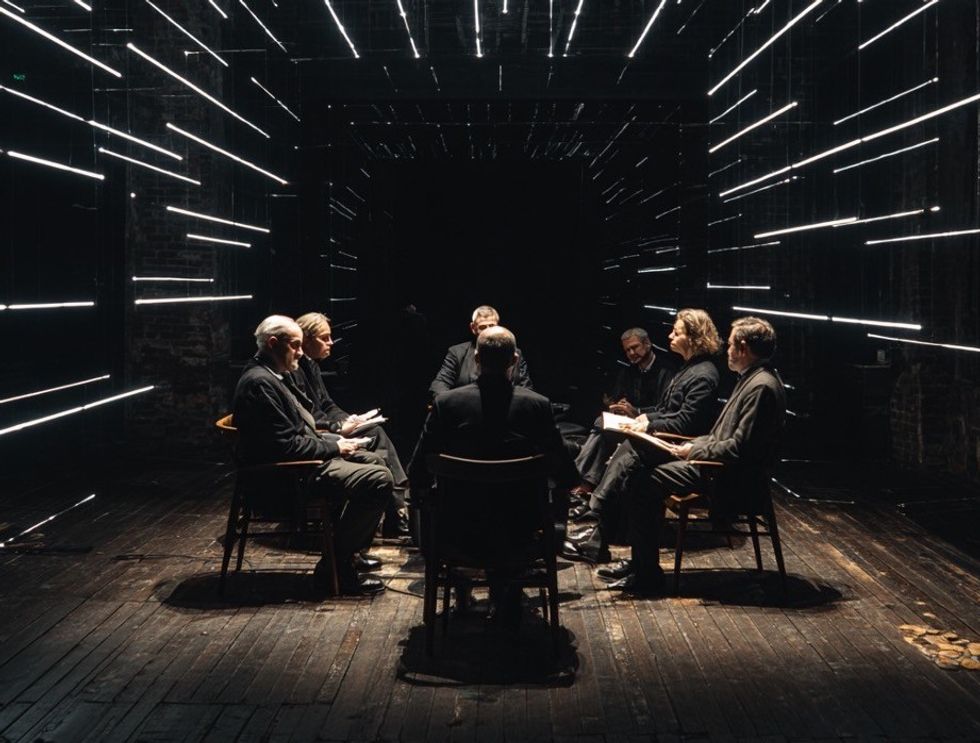
If this vision aligns with where you want to take your venue or your storyworld, let’s talk.
Mad Systems Inc., an award-winning audiovisual and interactive system designer and integrator, has spent years translating these principles into working systems, and we hold the patents and methods that make ethical personalization, edge-first orchestration, and guest-owned continuity practical at scale.
We are eager to collaborate with operators, creatives, and technologists who want to push the medium forward, responsibly and beautifully.




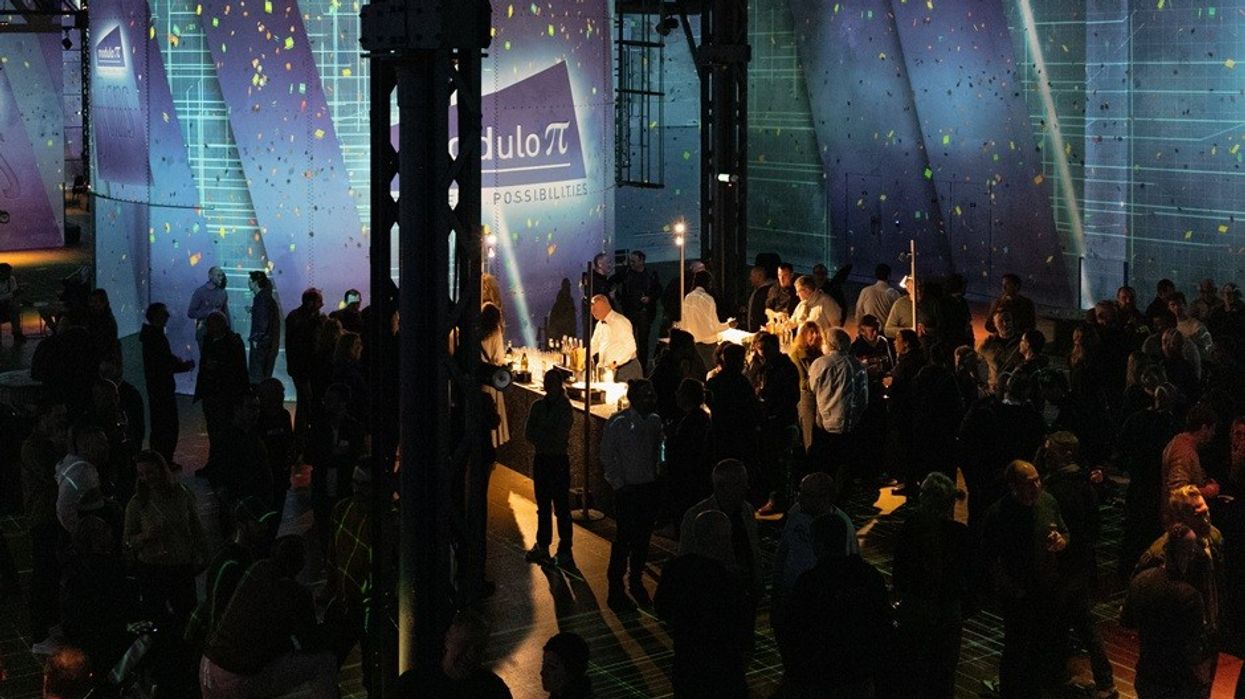


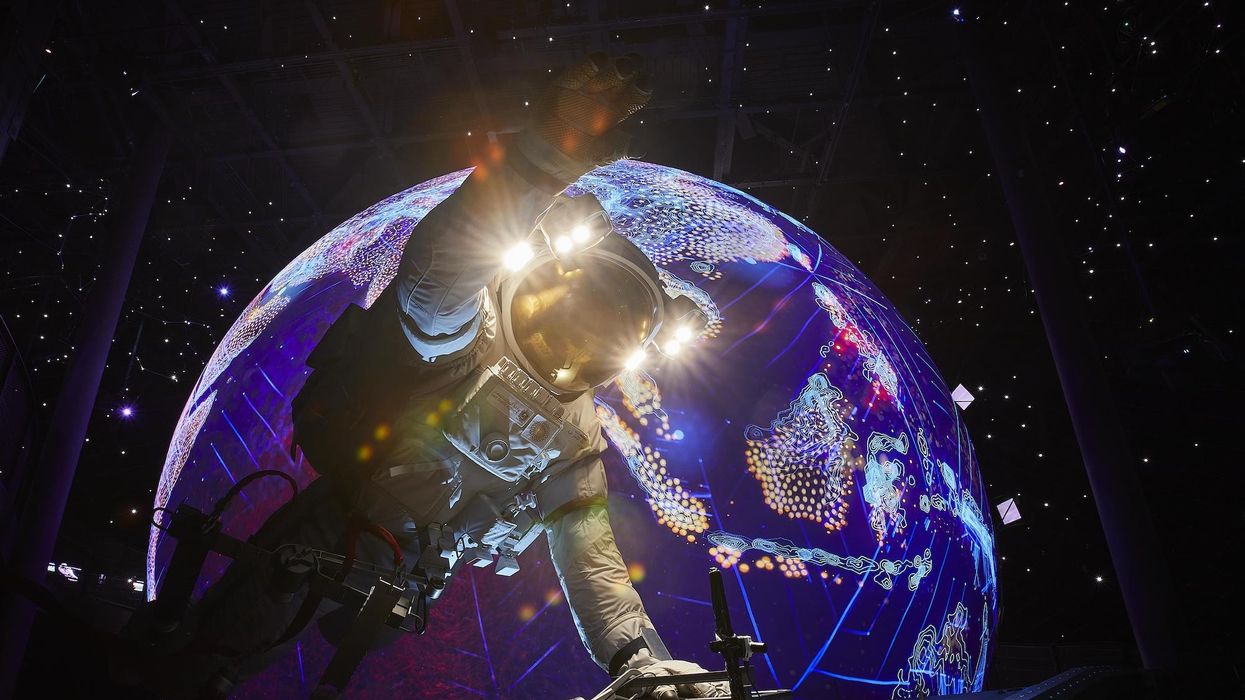
 Andrew Thomas, Jason Aldous and Rik Athorne
Andrew Thomas, Jason Aldous and Rik Athorne



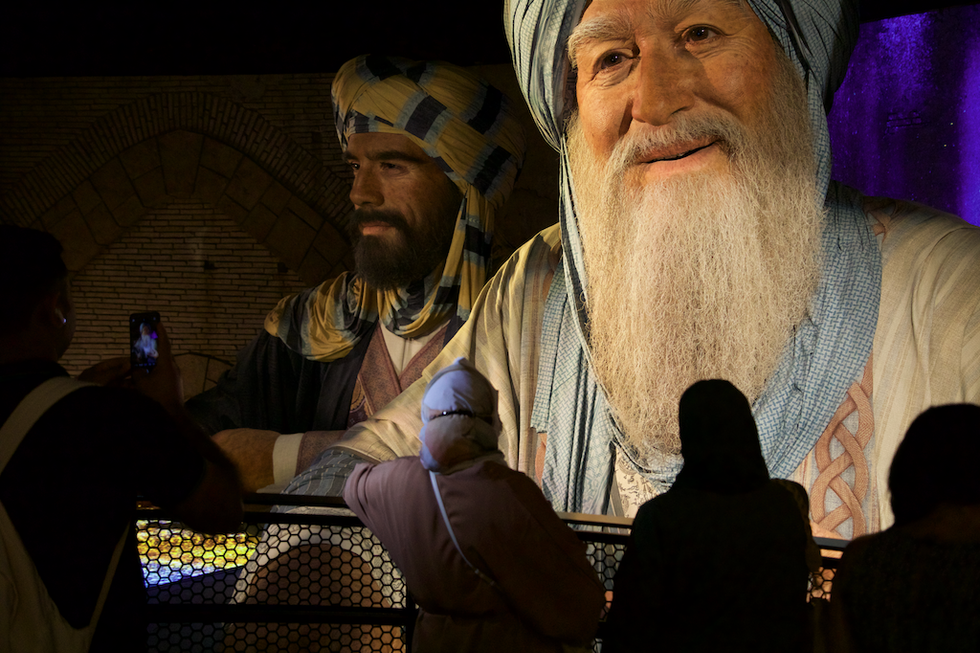


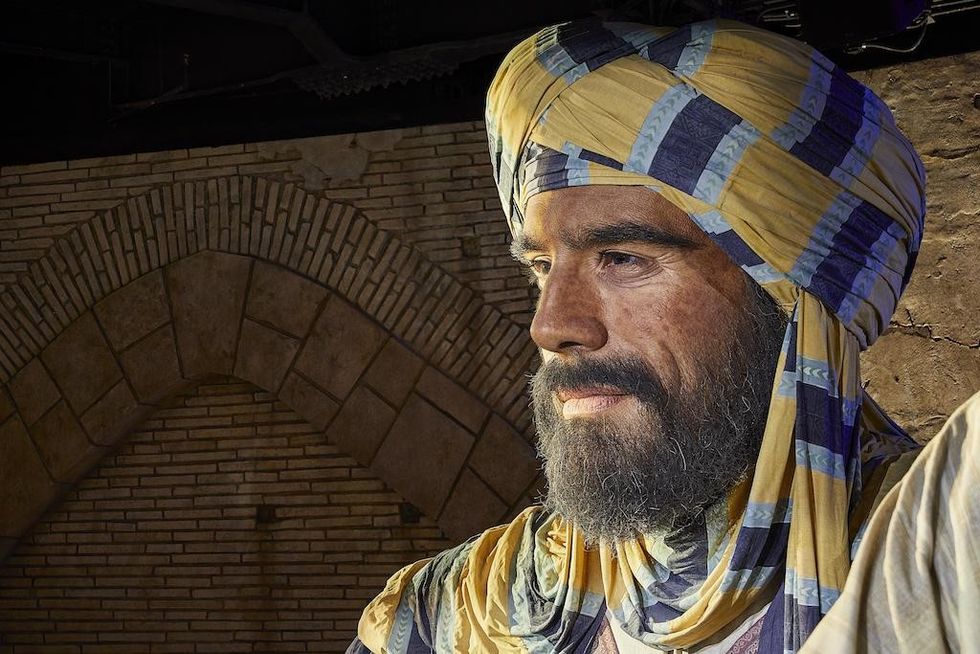






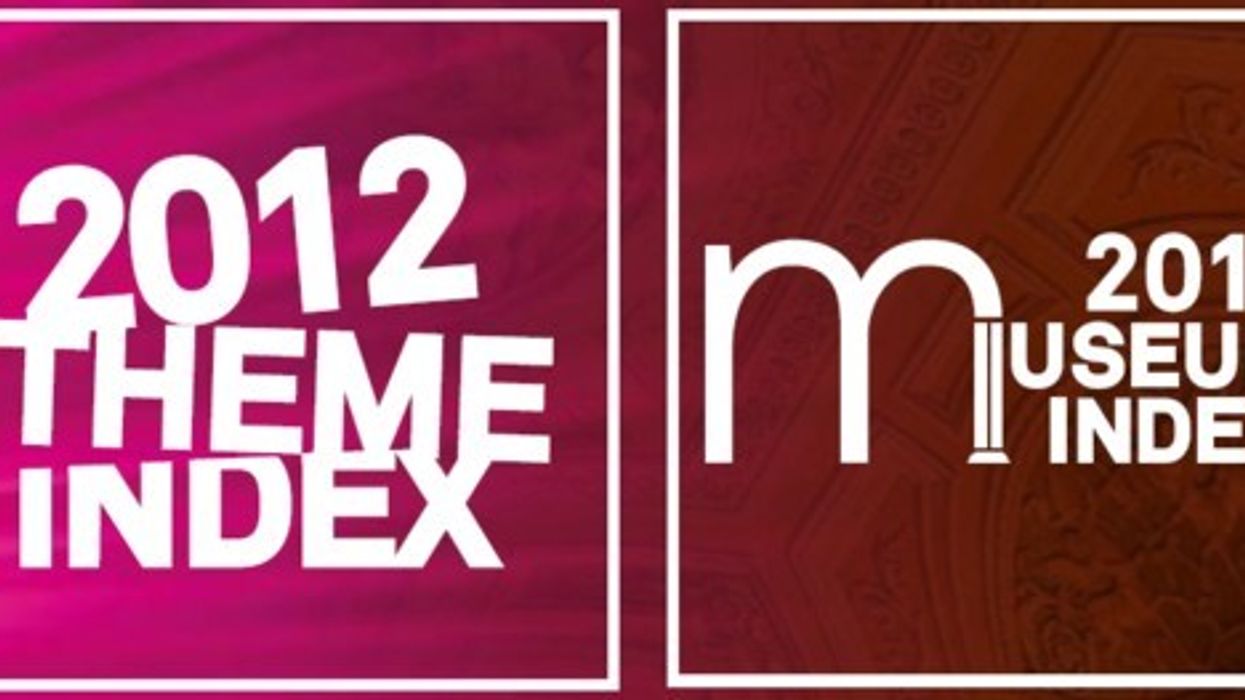




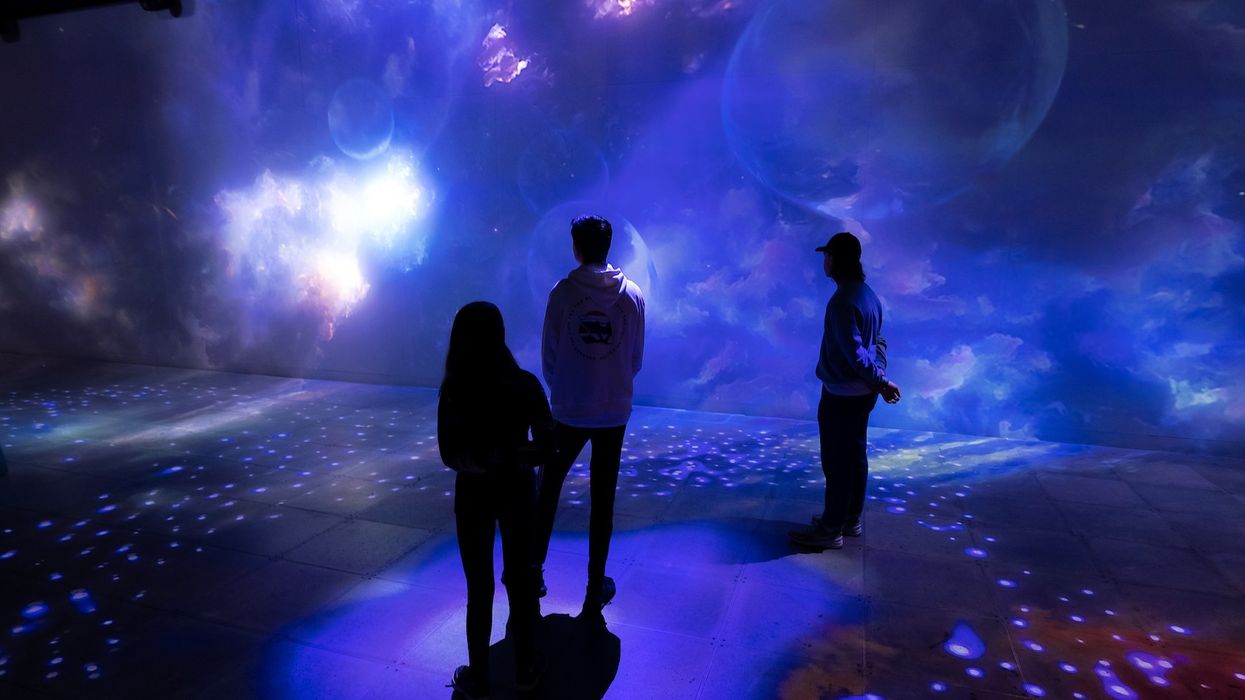
 Tutankhamun: The Immersive Exhibition
Tutankhamun: The Immersive Exhibition 
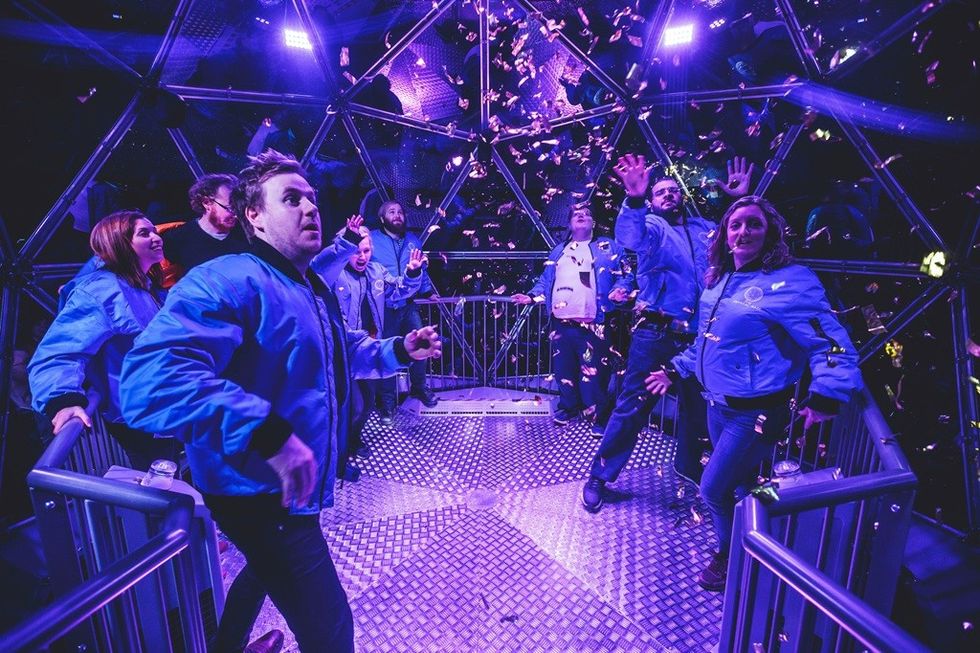 Crystal Maze: The Live Experience
Crystal Maze: The Live Experience 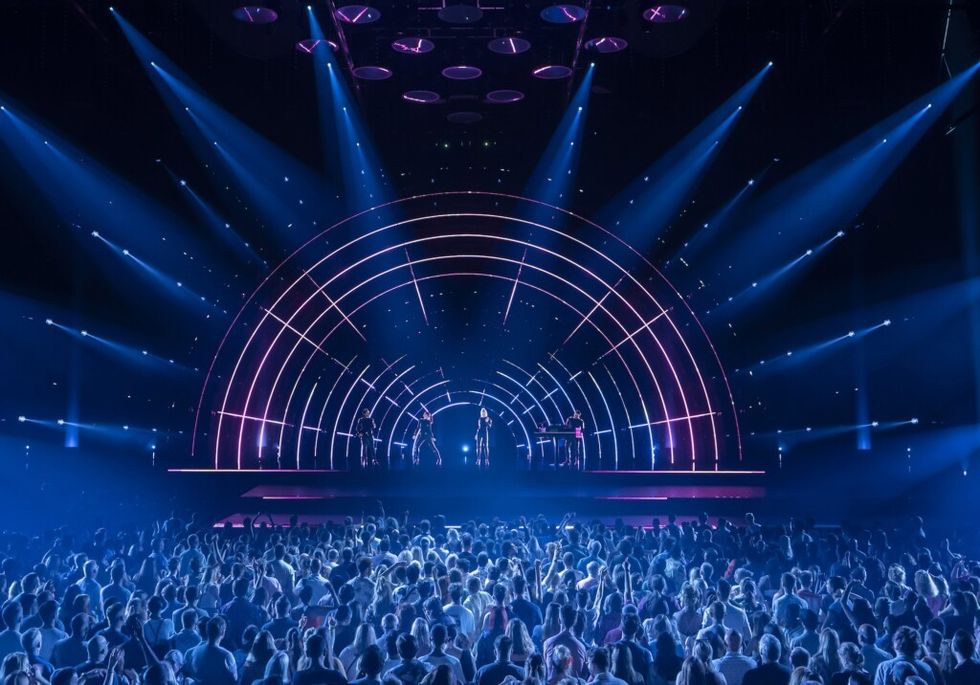 ABBA Voyage Johan Persson
ABBA Voyage Johan Persson  Meow Wolf's The Real Unreal
Meow Wolf's The Real Unreal 
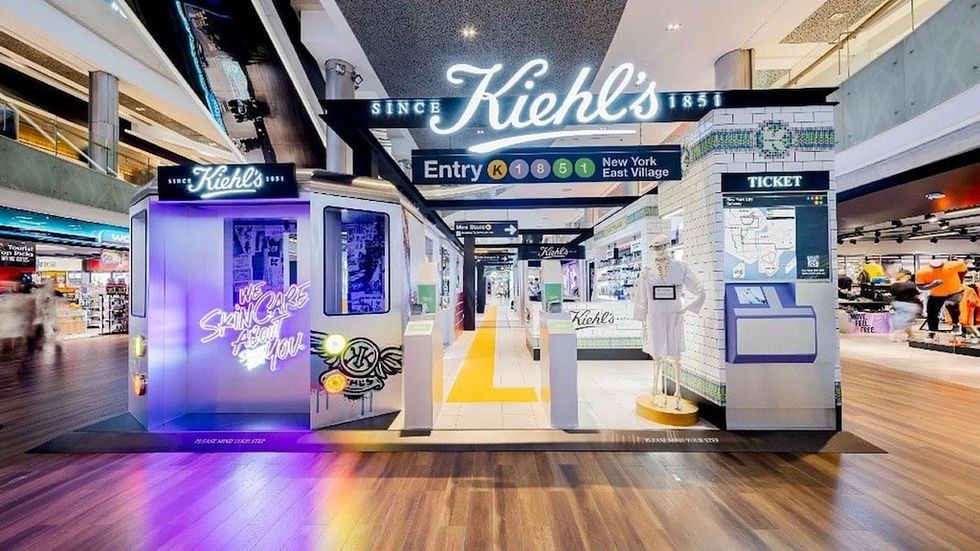 A fully customisable ‘Have-it-your-way’ NYC Subway-style pop-up experience where visitors step into Kiehl’s world through personalised touchpoints, photo moments and interactive brand storytelling
A fully customisable ‘Have-it-your-way’ NYC Subway-style pop-up experience where visitors step into Kiehl’s world through personalised touchpoints, photo moments and interactive brand storytelling Become a superhero and print your own HeroCard (driving-license style) instantlySource: ThisPlays International
Become a superhero and print your own HeroCard (driving-license style) instantlySource: ThisPlays International